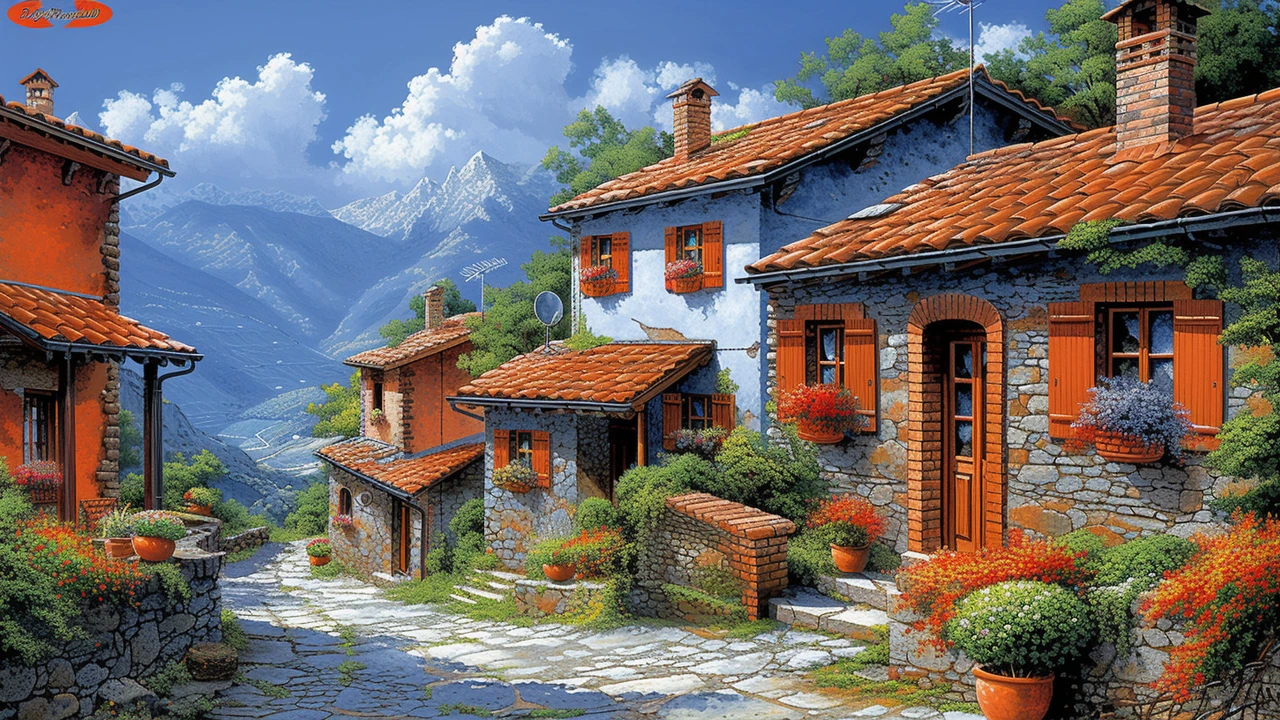Mediterranean Revival: How to Spot It and Make It Work for Your Home
Mediterranean Revival is the style you picture when you think of red clay roofs, sunlit courtyards, and white stucco walls. It started as a romantic take on coastal Mediterranean homes and became popular in the U.S. in the 1920s, especially along warm coastlines. If you like indoor-outdoor living and a relaxed, timeless look, this style might be for you.
Key features to spot
Look for these elements when identifying Mediterranean Revival: low-pitched red clay tile roofs, smooth stucco exteriors, round or multi-arched windows and doorways, wrought-iron balconies and details, and interior or exterior courtyards. Other common touches are carved wooden doors, exposed beams in ceilings, and tiled stair risers. These parts work together to create that sunny, relaxed feel.
Materials matter. Traditional Mediterranean Revival uses lime-based stucco, terracotta tiles, and heavy wood accents. Those materials help control temperature and handle salty air better than many modern substitutes. If you’re considering a renovation, keep the authentic materials where possible—replacement options can look right but often age differently.
Practical tips for homeowners
Thinking about maintaining or building in this style? Here are clear, useful tips. On roofs, use proper flashing and underlayment under clay tiles to avoid leaks. For stucco, apply a breathable finish and inspect for hairline cracks every year—seal small cracks quickly to stop water damage. Metal fixtures near the coast need marine-grade finishes to resist rust.
Want better energy performance? Thick stucco walls and deep overhangs already help. Add insulation behind new stucco layers and use reflective roof underlayment under tiles to cut heat gain. For cooling without heavy air conditioning, design for cross-ventilation: high windows, shaded courtyards, and operable shutters move air naturally.
Cost-wise, Mediterranean Revival can be moderate to high, depending on roof tiles and custom ironwork. You can control budget by using modern tile alternatives or prefabricated iron-look railings, but keep at least a few authentic details—those are the features that define the style.
Where to find it: coastal California, Florida, and parts of the Sun Belt have many good examples. Look at neighborhoods from the 1920s and 1930s for well-preserved houses. If you want a modern take, combine the classic elements—stucco, tiled roof, and courtyard—with clean, simple interiors for a lighter, contemporary feel.
Mediterranean Revival is practical, pretty, and climate-smart when done right. Focus on authentic materials, simple maintenance routines, and design choices that emphasize shade and ventilation. Those three moves keep the look timeless and the house comfortable for years.

Exploring the Distinctive Features of Mediterranean Revival Architecture
Hey there, fellow architecture enthusiasts! Today, I'm super excited to chat with you about the unique features that make Mediterranean Revival architecture so dreamy and timeless. Imagine strolling through a neighborhood where every home feels like a summer villa, with beautiful stucco walls, charming terracotta roofs, and elegant arches around every corner. It's like being transported to a sun-soaked European coast without leaving your own city! So, let’s dive into the world of ornate balconies and lush courtyards and discover what makes these historical gems stand out. Join me on this journey to unwrap the signature elements of Mediterranean Revival architecture and the stories they tell. You might just fall in love with their romantic allure, just like I have!
Read more